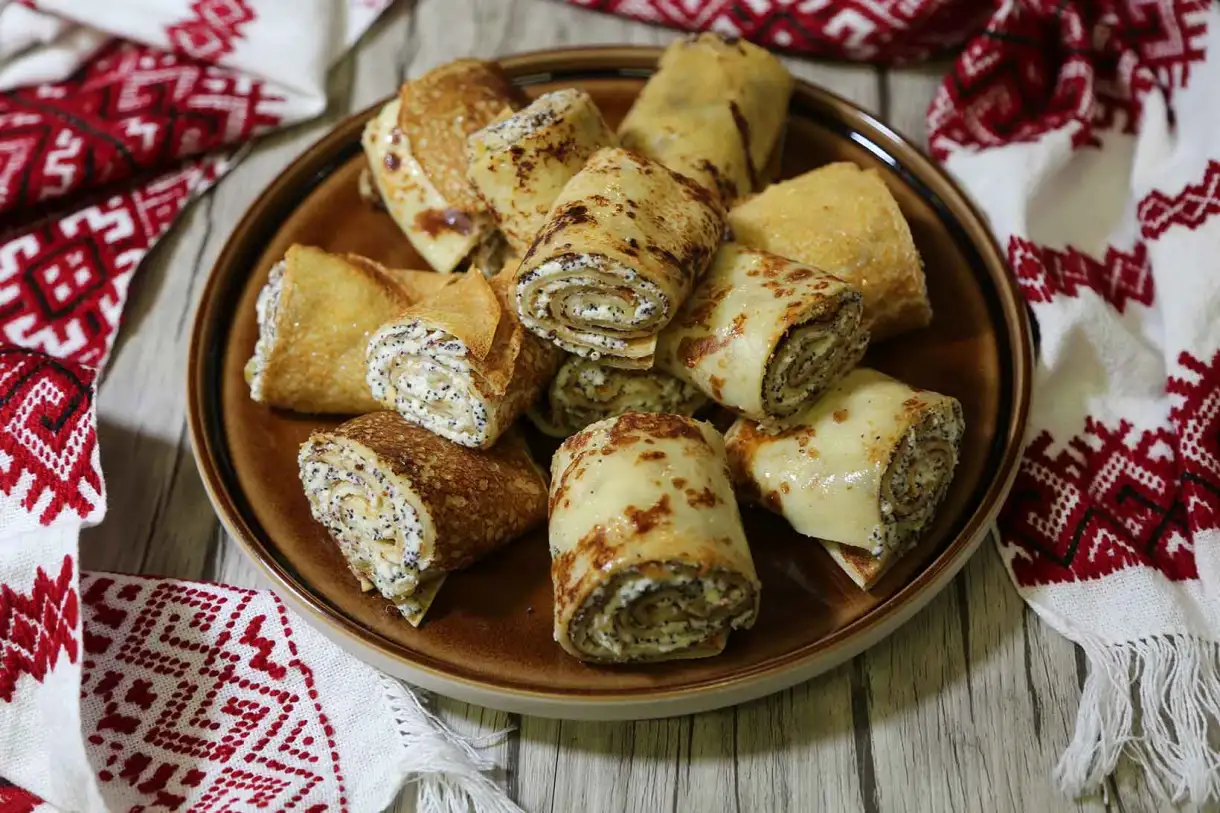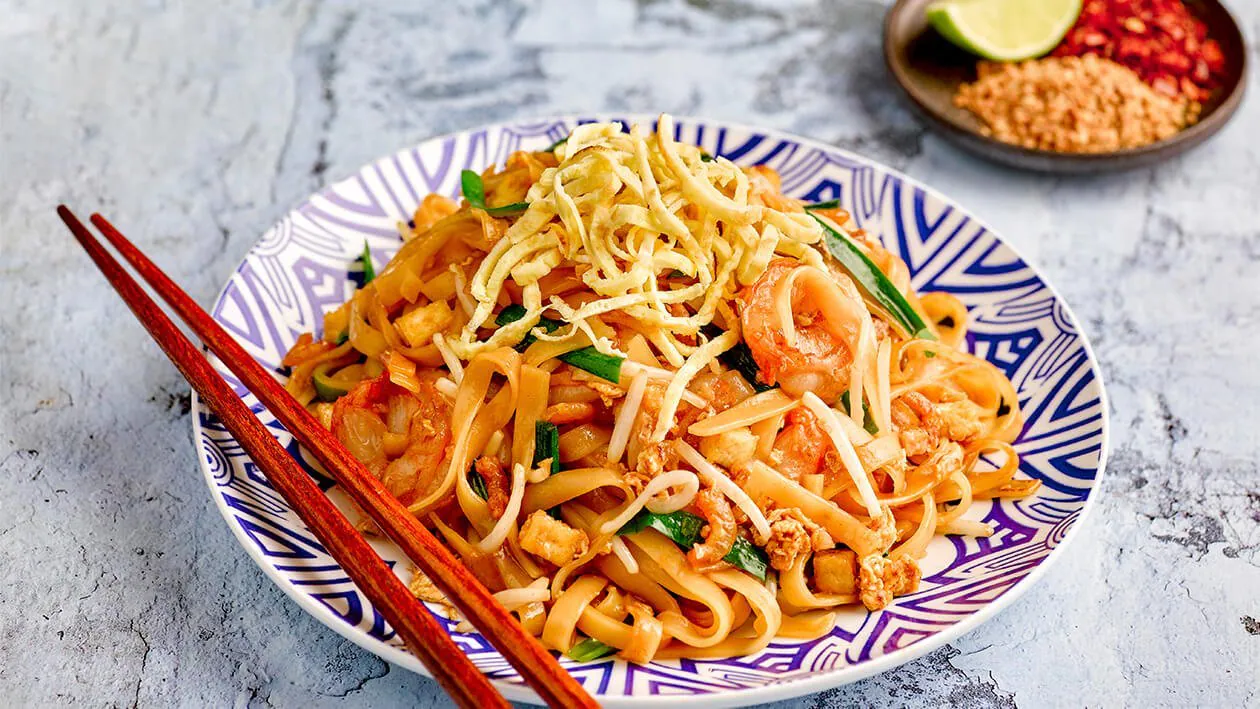meatthesavages.com – Nalysnyky are a quintessential dish in Ukrainian cuisine, celebrated for their delicate texture and versatile fillings. These thin pancakes, akin to French crepes, are a testament to the art of simple yet flavorful cooking. Often filled with cheese, meat, or other savory ingredients, nalysnyky are a beloved treat for both everyday meals and special occasions.
The Craft of Making Nalysnyky
Creating nalysnyky involves a simple batter of eggs, milk, flour, and a pinch of salt, resulting in a smooth and pourable consistency. The batter is cooked in a hot, lightly greased skillet, forming paper-thin pancakes that are soft and pliable. The key to perfect nalysnyky lies in achieving an even, golden-brown surface that is just firm enough to hold a filling without breaking.
Savory Fillings: A Classic Choice
Traditionally, nalysnyky are filled with savory ingredients. One of the most popular fillings is a mixture of fresh cheese, such as farmer’s cheese, blended with herbs and a hint of garlic or onion. Meat fillings, often featuring finely ground beef or chicken, are also common, seasoned with spices to enhance their flavor. These savory fillings provide a hearty and satisfying bite, making nalysnyky a versatile option for any meal.
Serving Nalysnyky
Once filled, nalysnyky are typically rolled or folded into neat parcels and baked or sautéed to enhance their flavors and textures. They are often served with a dollop of sour cream, which complements the richness of the filling and adds a refreshing tang. Some variations include a light topping of melted butter or a sprinkle of fresh herbs to elevate the presentation.
A Culinary Tradition with Cultural Significance
Nalysnyky have long been a part of Ukrainian culture, often prepared for family gatherings, holidays, and celebrations. They are seen as a symbol of hospitality and are cherished for their ability to bring people together around the table. The process of making nalysnyky can be a communal activity, with family members sharing stories and traditions as they cook.
Exploring Sweet Variations
While savory fillings are traditional, sweet versions of nalysnyky also exist. These may include fillings like sweetened cottage cheese, fruit preserves, or a sprinkle of sugar and cinnamon. Sweet nalysnyky offer a delightful dessert option, showcasing the versatility of this beloved dish.
In conclusion, nalysnyky are more than just thin pancakes; they are a celebration of Ukrainian culinary heritage. Whether filled with cheese, meat, or something sweet, these delicate crepes offer a taste of tradition and a reminder of the simple joys of cooking and sharing food with loved ones.

